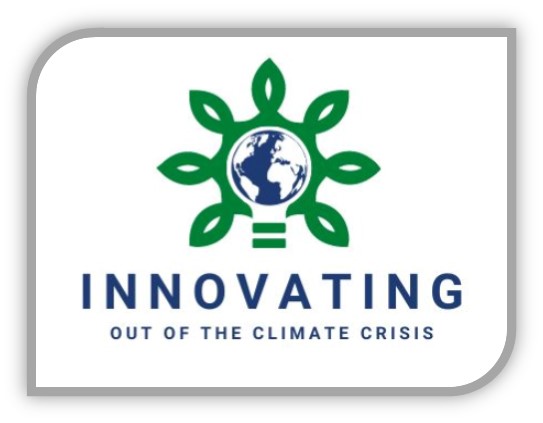
Event Recap—Innovating Out of the Climate Crisis: Hard to Abate Sectors
On April 4, ASP hosted the fifth installment of the “Innovating Out of The Climate Crisis” series, focused on hard to abate sectors. The conversation covered a myriad of challenges with hard to abate sectors, the role they play in global economics, and the policy and technological developments needed to facilitate climate-friendly manufacturing. The expert panel included Ed Rightor, Ph.D., Director of the Center for Clean Energy Innovation at the Information Technology and Innovation Foundation, and Jeremy Harrell, Chief Strategy Officer at ClearPath. The discussion was moderated by ASP’s Director of Climate Programs, Jessica Olcott Yllemo.
Dr. Rightor kicked off the conversation by explaining that what makes industrial sectors hard to abate is that carbon emissions are integral to their processes and are intertwined with complex supply chains. Furthermore, he pointed out that industrial heat accounts for 10% of global emissions, whereas cars account for 6% and planes for 2%. Additionally, as Jeremy Harrell pointed out, it is difficult to expect developing countries to make sacrifices in their social and economic development in order to reduce global emissions.
Both panelists agreed that action taken by developed nations is critical to reducing emissions from hard to abate sectors. Mr. Harrell explained that the Inflation Reduction Act (IRA) and Bipartisan Infrastructure Law (BIL) contain important federal support for scaling up commercially viable technology as well as incentives for innovation and carbon capture. Dr. Righter followed, illustrating that decoupling growth from emissions is in fact possible and that the incentives in these laws help move the country toward this goal.
Out of the whole industrial sector, panelists agreed that cement may be the hardest area to abate, since over half of the emissions originate from the process of creating cement, rather than the energy input. Furthermore, Mr. Harrell noted, the cement industry is disaggregated and therefore harder to regulate than industries like steel. With steel, Dr. Righter points out, there are promising efforts to reduce emissions, such as reducing process heat, improving energy efficiency, and electrification of some of the lower temperature processes. These new developments are aided by the tax credits, preferred procurement, and low-cost financing from the IRA and BIL, that create new opportunities for public-private partnerships to meet the demand for low-carbon materials. However, both panelists stressed the need for permitting reform in order to make progress on electrification projects, transmission lines, and pipelines.
While permitting often has a long timeline, in the near term, Dr. Righter looks to improving material and energy efficiency, and creating an uptick in utilization through research and development, as well as military innovation to move the needle on hard to abate sectors. Overall, the panelists were positive about transformations in the industrial sector, emphasizing the increasing importance of this sector over the next decade for climate, competitiveness, security, and economic growth considerations.





